La fère
| Topic | Sciences and discovery |
| Departure | LA FERE (02) |
| Details | La Fère is located in the department of Aisne and the Picardy area. Old seat of the Royal school of Artillery of Fère, it is known to shelter the statue of the artillerist who decorated the Bridge of Alma of Paris before. |
Discover the city of La Fère
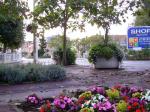
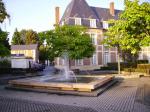
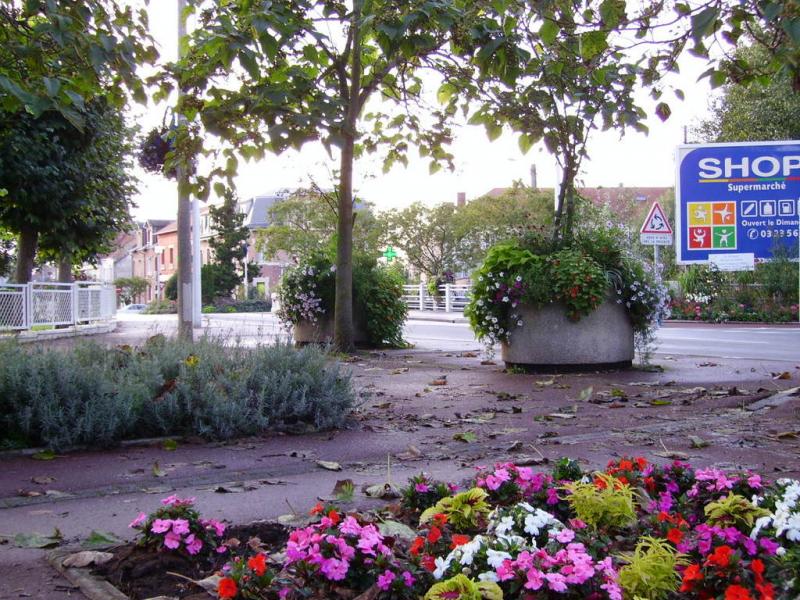
La Fère, with the confluence of the Greenhouse and Oise, is one of the oldest cities of the area of North/East. It existed already at the time Gallic. Indeed, at the time of the conquest of Gaulle, the Romans installed with Fère a military station, which made a fortified town of it. Formerly called Fara (Firm strengthened or Phara Mérovingienne), the origin of Fère goes back to Ve century.
- A religious past
It is around a missionary hermit and blind man, called Saint-Montain, who lived in our city into 437, that would have developed the city. The Saint-Montain church was built of 1052 to 1099 per Elinaud, bishop of Laon, undoubtedly with the site of the cave where Montain brought together its disciples. The church was altered during the centuries. It was restored in 1980.
- A royal past
Under Mérovingiens, towards 600, drew up already a castle-extremely with Fère, whose Clovis announces the importance to Saint-Remi, with which it makes gift of it.
In 1207, “the Charter of Peace” is the starting point of the independence of our city. But, until 1435, Fère lives under the dependence of the powerful lords of Coucy, Enguerrand. Many personalities remained with La Fère because the castle was used as cradle with the French royal family: king Eudes and his council in 898 then Charles the Simple one, the princely family of Luxembourg then the family of Bourbon with Antoinette of Bourbon (grandmother of Marie Stuart) and Antoine of Bourbon (father of Henri IV).
The Queen Margot, François 1st, Mazarin, the court of France and even Louis XIV remained with the castle… Old residence of the royal families, the castle became later property of the army and transformed into Artillery school.
- A military past
It is since these moved back times that our city acquired the title of fortified town, in a valley favourable with the strategic passages of the armies joining North or descending the valley from the Seine. The Duke of Mazarin creates in 1666 the Arsenal of Fère. In 1719, Louis XV decides creation of the first French artillery school in our city. Later, Napoleon Bonaparte will be built-in with Fère in 1786.
On February 27, 1814, 3000 Prussians besiege the city which capitulates. The royalty is restored but the Emperor unloads and it is a new coalition.
On November 26, 1870, the city is subjected to bombardments; it is said that more than 300 shells fell on the city. Fère capitulates on November 27, 1870 and is occupied until October 1871. More close to us, Fère was occupied during the world wars of the XX century and had to face the many destruction of its inheritance.
In April 1992, the plan Armed 2000 fine met with a secular military tradition with closing with the 41e Regiment of Marine artillery and with the Regional Establishment of the Material.
Accommodation nearby
The famous monuments in La Fère

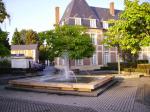
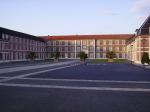
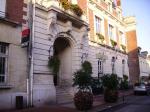

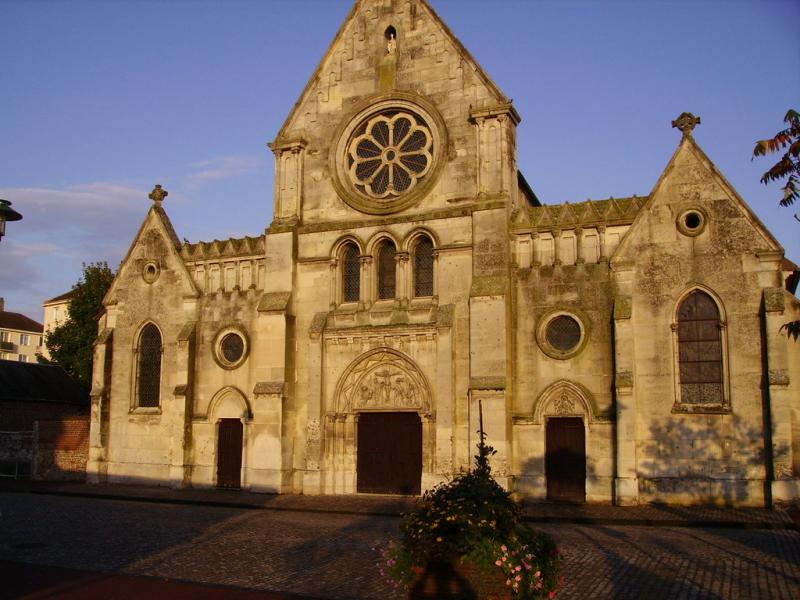
La Fère has many monuments which are classified in the the historic buildings:
- Saint-Montain church since 1921.
- The castle classified partially in 1965 then in 1994.
- A building of the XIX century, located at 3 rue Henri-Martin, since 1987.
- The barracks of the Drouot district. “The old” district goes back to 1720, the “nine” of 1767. They wanted to accomodate the first school of the artillery created in 1719.
- La Fère lodges the statue of Artillerist in the past located on the bridge of Alma, in Paris.
- Museum Jeanne d' Aboville.
Accommodation nearby
Discover the Royal school of the artillery
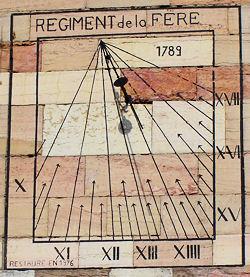
This military academy was created at the same time as those of Metz (which, amalgamated with the royal ex-school of the genius of Wall, was to become school of the application of Polytechnic), Strasbourg, Grenoble and Perpignan, by the royal decree of February 5, 1720.
This ordinance drew the conclusions from the last campaigns of Louis XIV by making the artillery a scientific weapon, with consequently trained officers. Each of the five cities concerned would shelter a regiment of 4000 men, with a school of the artillery with residence.
The school of Fère mainly owes its fame with the quality of the teachers who were used for it. The first between them was the engineer of the Bélidor fortifications (of 1720 to 1740). Answering at the request of the ministry for the War, Bélidor attached to draw up universal ballistic tables and exempted to the pupil-officers a complete scientific teaching. In 1740, the succession of Bélidor in this function was ensured by a mathematics professor, Deidier abbot, replaced in his turn by the Nollet abbot as from 1757. Nollet taught, in addition to mathematics, the hydraulics, physics and chemistry.
Choderlos de Laclos (1759-1761) and Gribeauval made their classes there. The general Augustin Marie d' Aboville was named by ordering Napoleon of the school as from 1809.
Napoleon Bonaparte was useful in the regiment of the artillery of Fère under the orders of the baron of Teil, but made its classes with the School of the artillery of Auxonne, and not with La Fère.
Accommodation nearby
Latest news on : La Fère
Tourism near
 Visit the city of La fere
Visit the city of La fere - 9 Museum
- 3 Monuments
Tours
 Discover aisne
Discover aisne
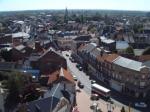 Chauny
Chauny






















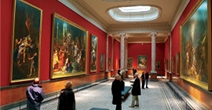




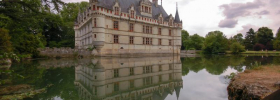
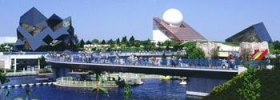



 Home
Home

